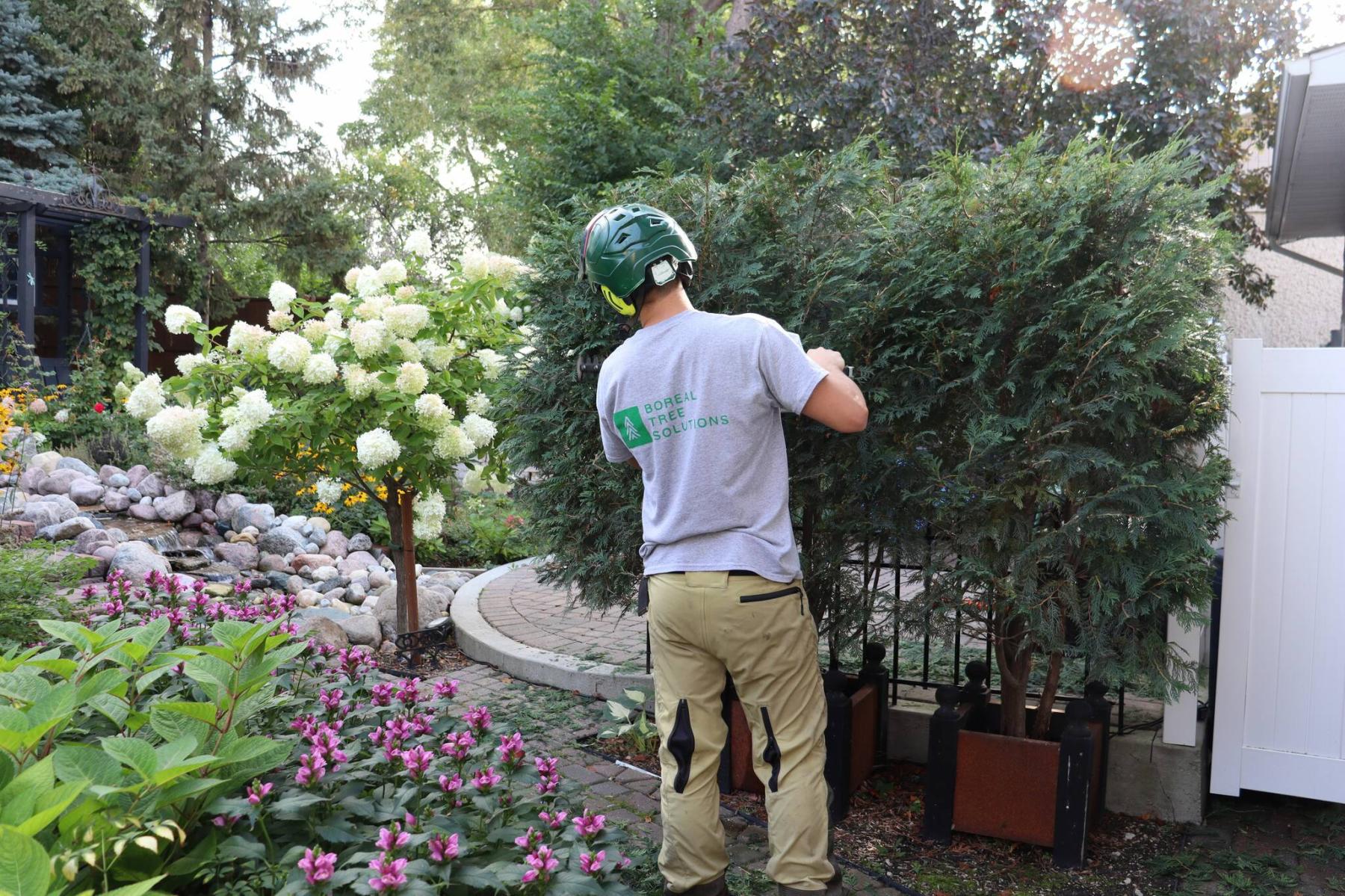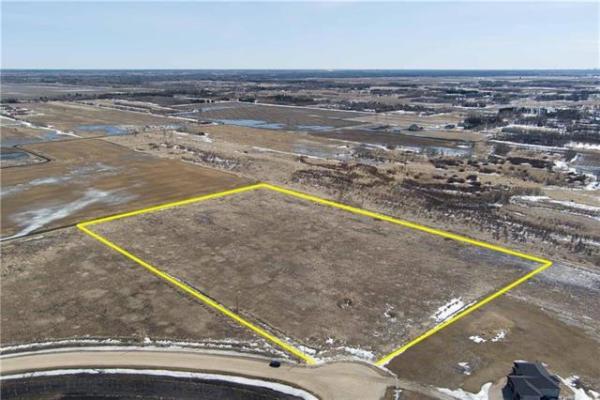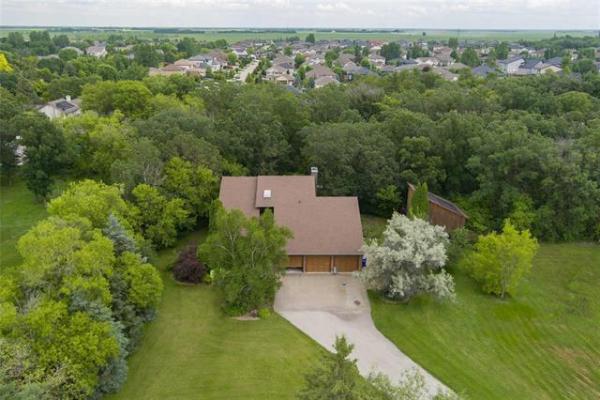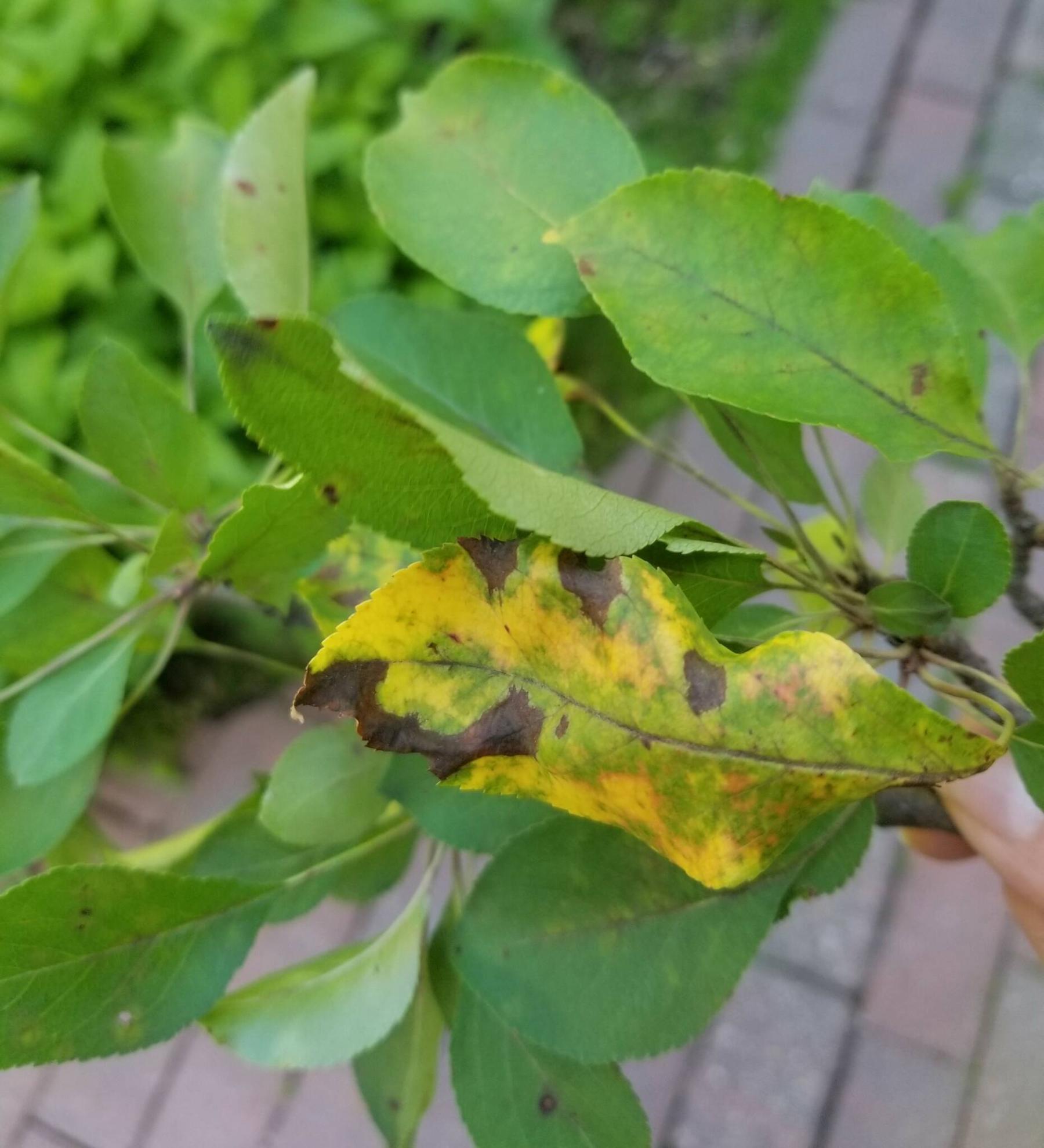
COLLEEN ZACHARIAS / FREE PRESS
Apple scab is caused by a fungus that infects both the fruit and leaves of apple and crabapple trees.
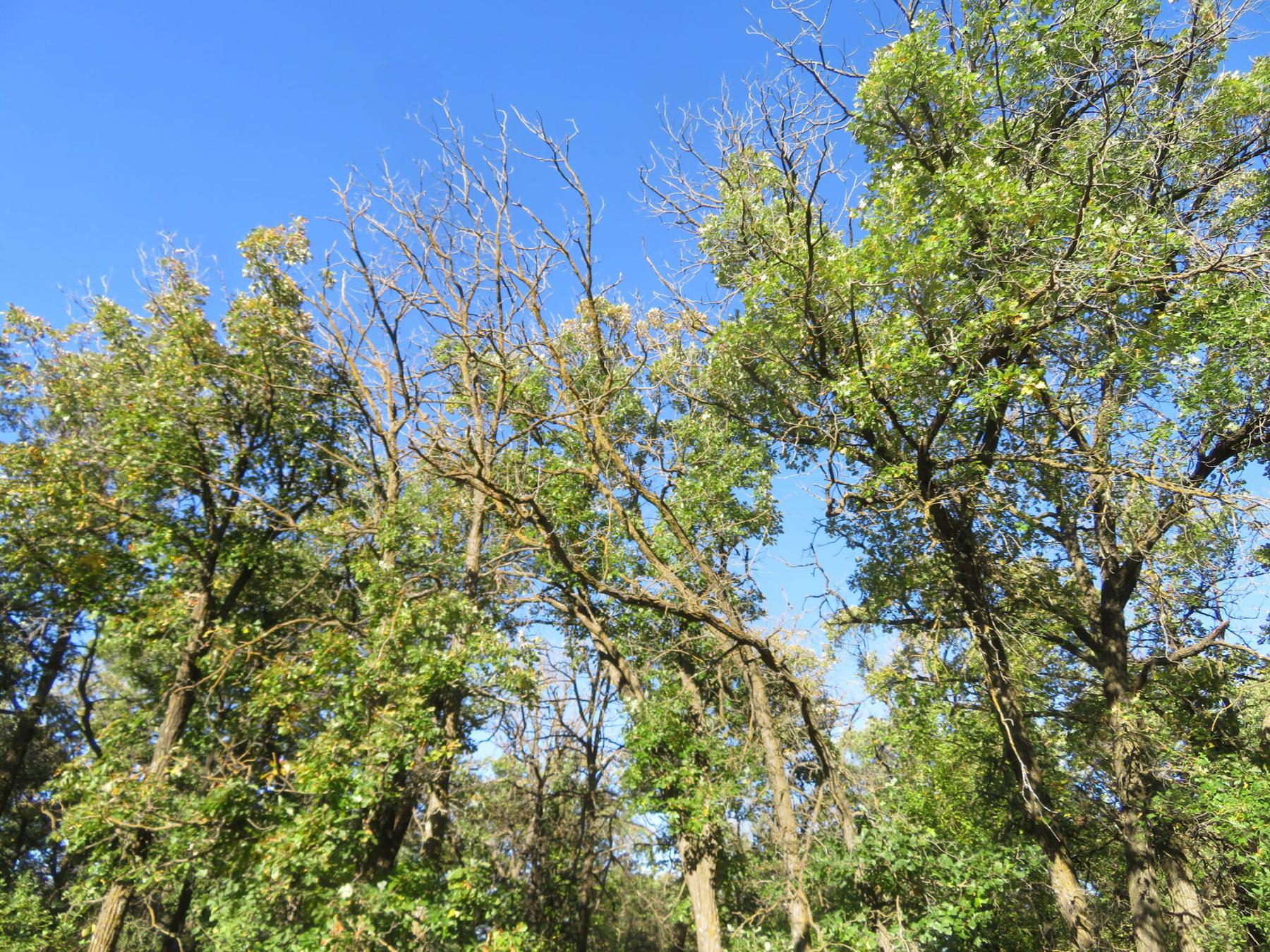
SUPPLIED
Stressed bur oak trees with visible signs of dieback at the top of the tree canopy are more susceptible to the two-lined chestnut borer.
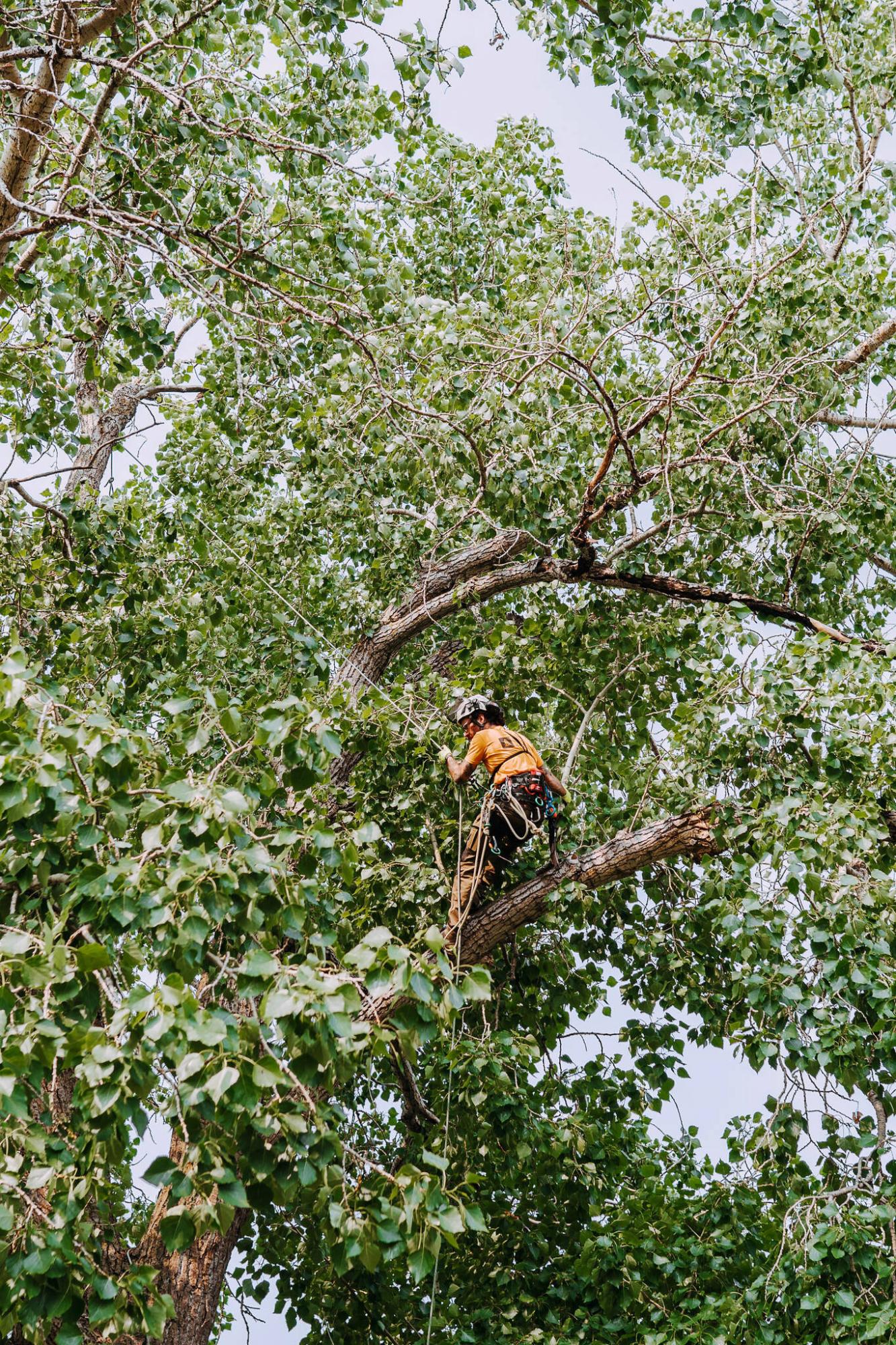
NOWADAY STUDIO
Joel Kosa, an ISA-certified arborist and owner of Boreal Tree Solutions, recommends a holistic approach to ensure the health of your trees.
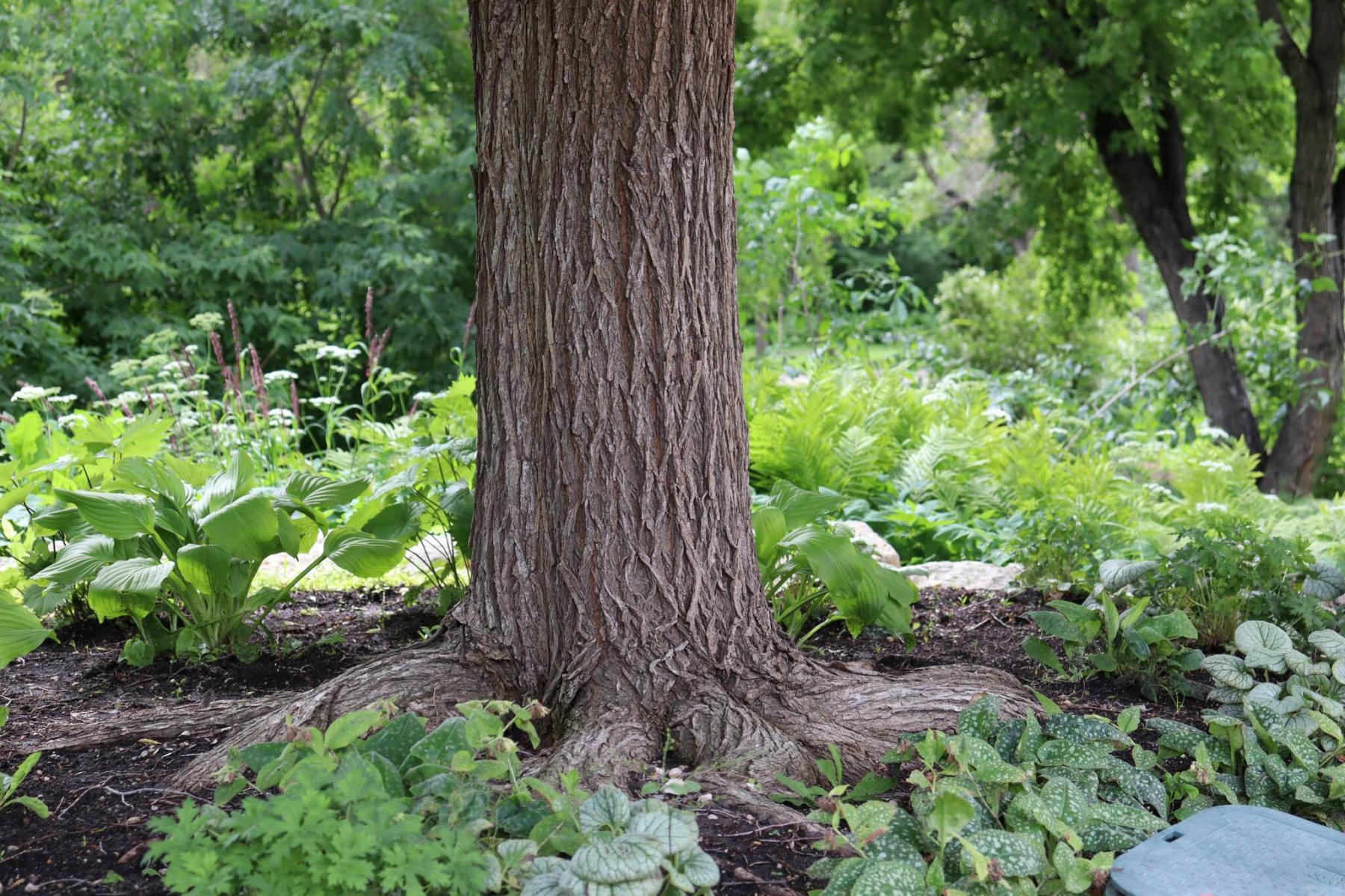
COLLEEN ZACHARIAS / FREE PRESS
Trees provide many benefits in our landscapes, but also boost our emotional well-being.
The volume of calls for service throughout the month of September, says Joel Kosa, an ISA-certified arborist, translates into enough work to keep arborists busy from now until mid-December. “Typically, we find that September is consistently the busiest month of the year,” says Kosa, owner of Boreal Tree Solutions.
Tree pruning is one of the top tree requests by homeowners at this time of year, he says. This fall, for example, I wanted my cedar hedge pruned into a tidier shape, but I was also concerned about preventing overhanging tree limbs from damaging my roof shingles. Hazard mitigation and management is a top concern for many homeowners, says Kosa.
“Oftentimes there may be a dead tree or a large dead limb that may be leaning over a property,” says Kosa. “Winter wind and snow loading of trees can lead to full tree failures or branch failures, so homeowners are looking to have these issues mitigated before the winter, as well. Once the weather starts to cool down, that’s when we can focus on doing some pruning to more mature trees that we want to be extra careful with, such as oaks and elms. Pruning at the end of the season is less stressful on the tree because the heat isn’t there.”
Signs and symptoms of pests and diseases are also causes for concern. Apple scab on apple and crabapple trees has been widespread throughout Winnipeg this year. “Not to be dramatic but I don’t think I’ve ever seen it this prevalent in any season as long as I have been in the industry,” says Kosa.
Apple scab is caused by a fungus that infects both fruit and leaves. It is easily identified by leaf spots that turn dark brown to black in colour. The diseased leaves then turn yellow and start falling prematurely by mid-summer. “The main reason we are seeing so much of it this year is because fungus thrives in a wet and humid environment,” says Kosa. “We had so much precipitation in the spring, and it was quite humid, so it was just the perfect breeding ground for the fungus to develop.”
Managing apple scab in the fall is important because the fungus can survive the winter on fallen leaves and apples, and will be a source of next year’s infection. In a perfect scenario, says Kosa, every last infected leaf and apple should be gathered up from the ground and destroyed. But that is easier said than done. “If a tree is surrounded by grass, then it’s possible to rake up and get rid of the infected material, but much more difficult to try and pick leaves and apples out of bark mulch around a tree,” says Kosa.
A recommended course of action is to prune the tree to remove a portion of the infected soft tissue along with a fungicide treatment to manage the actual spread and the infection of the fungus, he says. “The pruning is going to cause the tree to go into just a tiny bit of stress, but it will also regenerate some growth. When we do the pruning, we also get rid of as much of the fallen infected material as we can.”
Kosa works closely with Dayne Anderson, owner of TreeHuggers Tree Care which specializes in pest and disease control. Anderson uses a spray strategy to treat apple scab. Depending on the severity of the fungus, multiple treatments may be required along with a fertilizer application specifically designed to boost the tree’s immune system. Anderson says it is important to continue watering the tree until frost arrives. Lay your hose on the surface of the soil near your tree’s drip-line (the imaginary line on the ground where the tree’s branches extend the farthest) and allow water to slowly percolate into the soil for a deep watering.
Could an apple or crabapple tree infected with apple scab show signs of improvement if conditions next spring are not as wet as they were this year? “Whether infected trees are treated to some degree exclusively through pruning or exclusively through fungicide applications, it’s safe to assume that there may still be some infection the following year,” says Kosa.
Trees are living things and like other living beings, he says, there can still be lingering effects of an initial sickness even after preventative measures. When a tree is sick, it’s usually not a one-and-done situation, says Kosa.
“A sustainable and holistic tree-care approach is very important,” says Kosa. “We are trying to foster the co-habitation of people and trees and manage that in a sustainable way. That’s what Boreal Tree Solutions is focused on and the niche we try to fill. Because a healthy tree should be able to not necessarily stop an infection completely, but at least keep it at bay to a point that the infection won’t be catastrophic or cause the tree to go into severe or extreme decline.”
That is why it is so essential to not wait to call an arborist if you are seeing signs and symptoms of disease. “Don’t leave it until the last minute because just like we have our immune systems and our own health in our bodies, trees are the exact same way,” says Kosa. “A stressed tree is way less effective at managing its own health. So we as arborists help it out to keep the tree as healthy as possible so that in the coming years, if it does get stressed because of any number of ailments, it can be stronger to help itself out.
“We are also seeing a lot of stress in oak trees in Winnipeg,” says Kosa. Oak decline is a disease of bur oak. Affected trees show visible signs of dieback of leaves at the upper part of the tree’s canopy. Stressed bur oaks are susceptible to infestation by the two-lined chestnut borer, a beetle whose larvae creates galleries beneath the bark and feeds on the foliage. “When diagnosing an oak tree, we want to be completely certain that the stress is being caused by the two-lined chestnut borer,” says Kosa, “because oak trees are very susceptible to drought, construction damage and any sort of root stress or root damage.”
Diagnosis begins with a sampling process. “We send a climber into the tree and start by removing numerous branches from different areas of the canopy. We bring those branches down, peel back the bark and look for little D-shaped holes which are the wounds caused by the beetle.” Once the presence of the beetle has been confirmed, pruning is recommended to remove as much of the infested area as possible. It is a time-consuming process.
“To really manage the infestation, the tree can also be injected with an insecticide called TreeAzin Systemic Insecticide, which was developed in Canada,” says Kosa. “We have found immense success with a two-stage process of pruning and injection.”
Trees absorb moisture and prevent flooding in our landscapes, notes Kosa. They provide shade and cooling and help keep our Hydro bills down. “Trees also provide tremendous emotional benefits to people which makes managing their care all the more important.”
colleenizacharias@gmail.com

